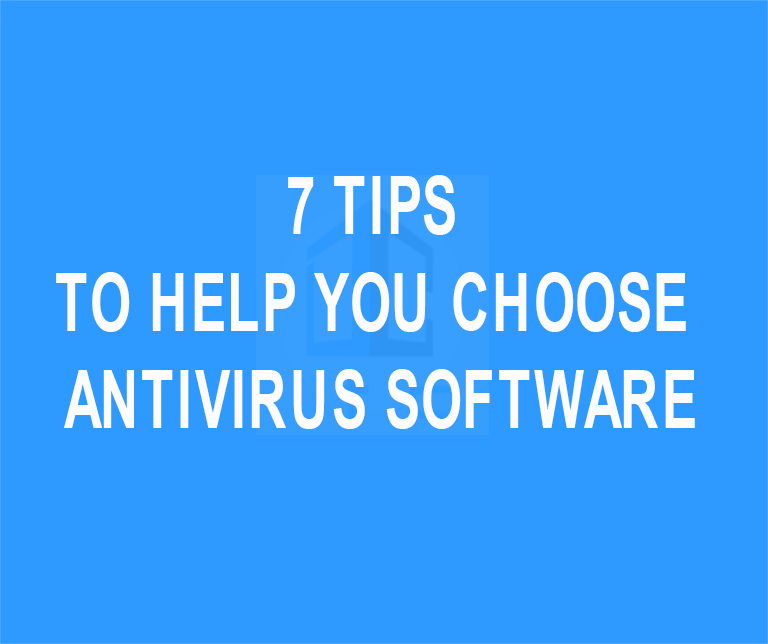The range of antivirus software options in the market is huge. For any uninitiated user, the task of choosing one can be daunting. It’s confusing whether to go with the one that came installed on your computer or buy the one recommended by a friend? How do you know if the antivirus is any good? What features do you need? Do you even need one at all?

These are all questions that race through the mind of anyone grappling with the making a choice of antivirus software.
Well, the following tips will ensure you don’t fly blind and make a smart decision.
-
How Do You Use Your Computer?
Your computing needs are the first consideration when choosing antivirus software. How do you use your computer? Do you use your computer to shop or access an online banking portal? Do you frequently use social media sites your computer? Are you a torrent junkie and do you love streaming services? The way you use your computer will determine the kind of power your antivirus needs to pack.
-
Stick With Well Known Names
When it comes to antivirus software, the last thing you want is to be an early adopter. Don’t use new products from new companies. Stick with well-known brands that have been around for years. More importantly, some smart malware creators have been known to create malware programs and market them as antivirus software.
-
What Do The Tests Say?
There are numerous testing agencies that put antivirus programs through a number of tests to see if they do what they claim. Check the protection, performance, and usability ranking of a product before you commit. Similar to the testing scores, detection and protection scores will let you know which product scored highly.
-
What Do Other Customers Have To Say?
Another thing you should do is find out that other customers are saying about the product. There are numerous user review forums and blogs where you can read up on user comments. If you find too many people complaining about a product, think twice about it. Also, look out for reviews that have to do with user-friendliness and performance. Some programs may do a good job of blocking threats but end up being too resource intensive.
-
Free Vs Paid
You also need to decide whether you want to spend money or not. There are many free antivirus programs that give you basic protection. But, again the decision on what kind of protection you need will be determined by our first point, how you use your computer. Paid antivirus programs have much more features over and above basic antivirus protection. Some of the newer ones even have behavior-based protection where they can detect malware that has not yet been discovered based on certain behaviors known to be exhibited by malware.
-
Compare Like for Like
To compare one program against another, you need to make sure you are not comparing apples and oranges. So, you need to go feature by feature to determine which antivirus program has superior features.
-
Take Advantage of Free Trials
Finally, never commit until you have had a test run. All leading antivirus companies offer a free trial, usually for 30 days. Use this free trial period to test the program. Test to see if there are compatibility issues with other programs installed on your computer. Also, see if you notice significant changes like your computer slowing down or suddenly hanging. This is a sign that the system resources are too small for the program. You also need to satisfy yourself on the usability and user-friendliness of the program. Does it feel like you need to learn how to fly a Boeing each time you open the interface? If you feel this way, discard it and look for an easier to use an alternative. Testing ensures that you don’t waste your time on an unsuitable antivirus program.
Conclusion
Installing an antivirus program is not the panacea for your security. You still have to use common sense and avoid basic computing mistakes that expose you to security risks. This includes visiting shady websites, downloading software from disreputable websites and plugging in storage media that you have no idea where it’s been.
You can also stay updated by subscribing to iTechCode.